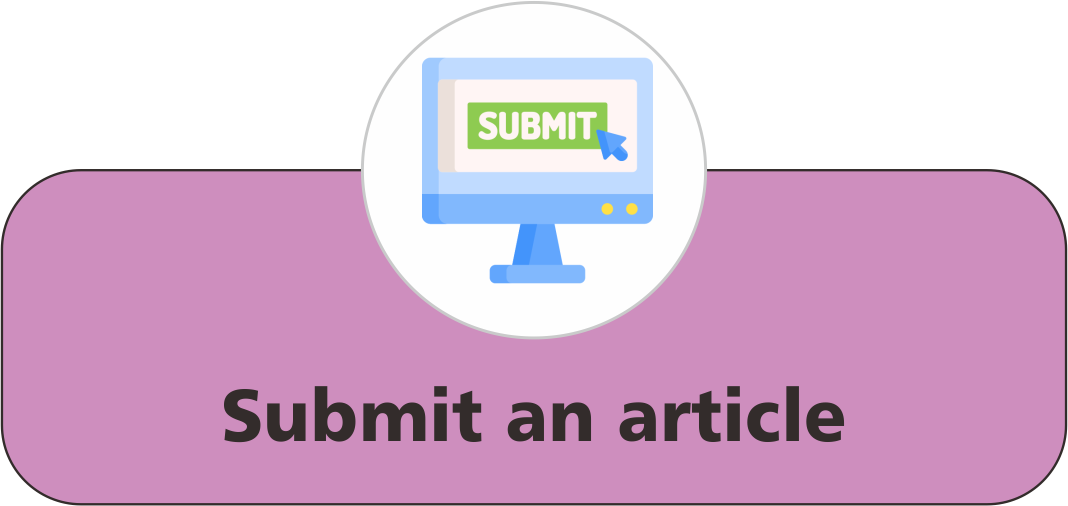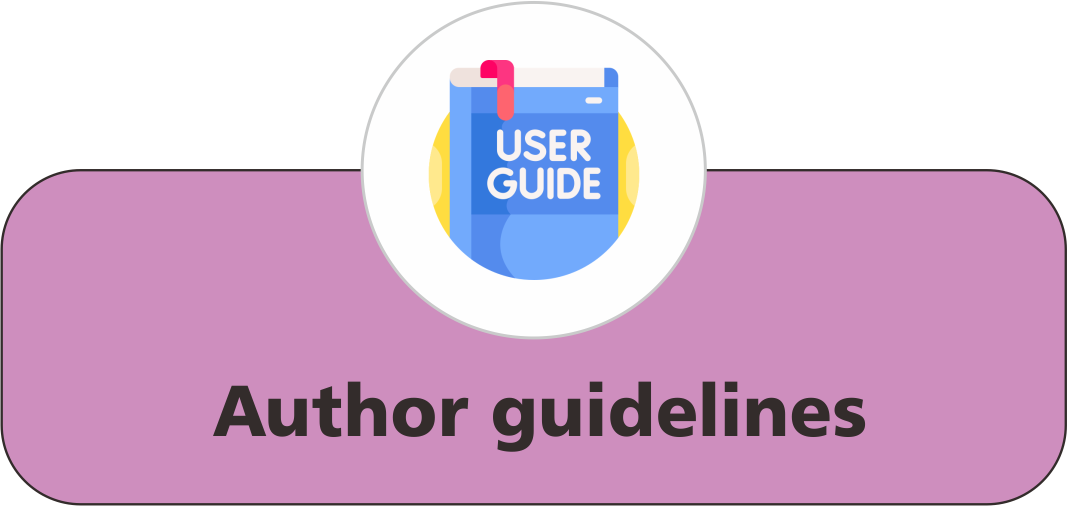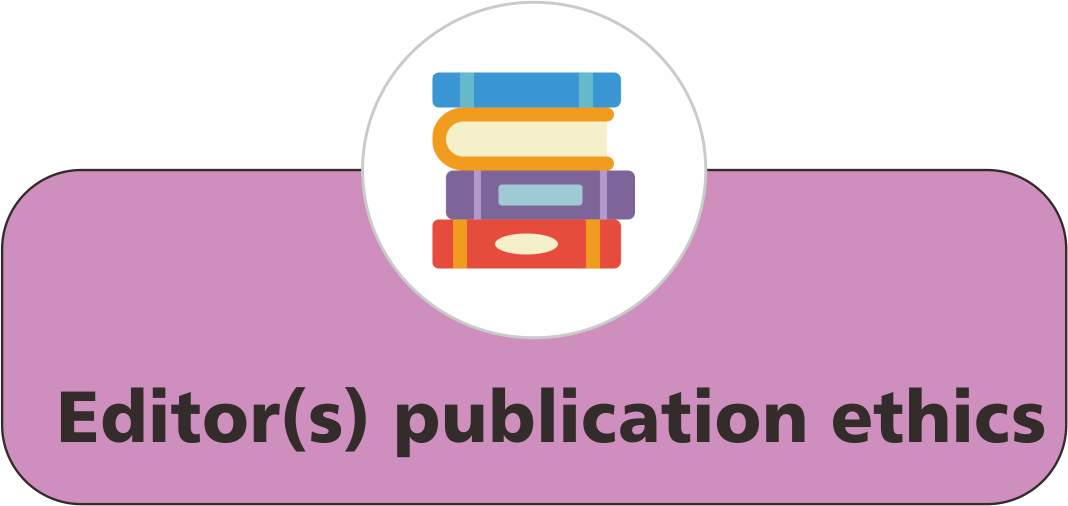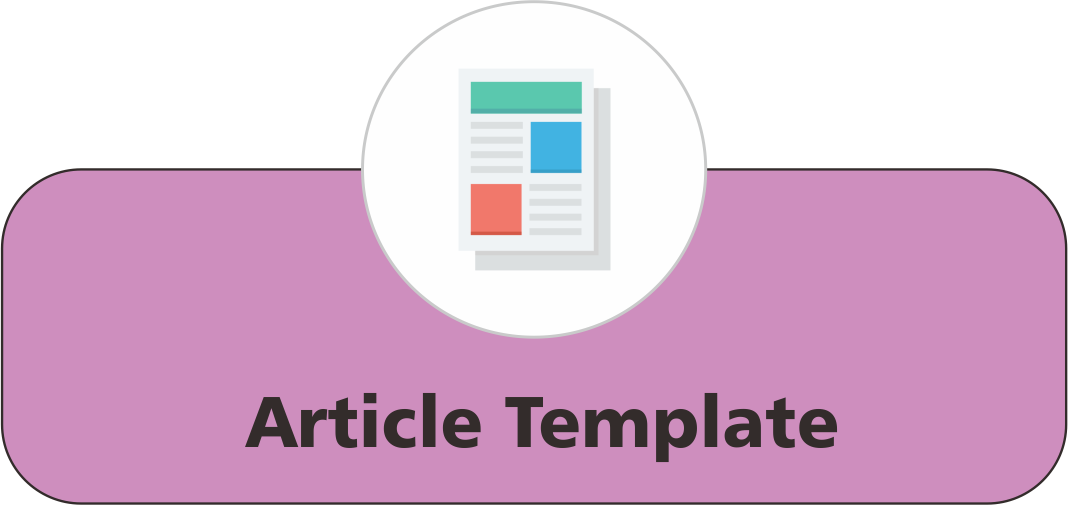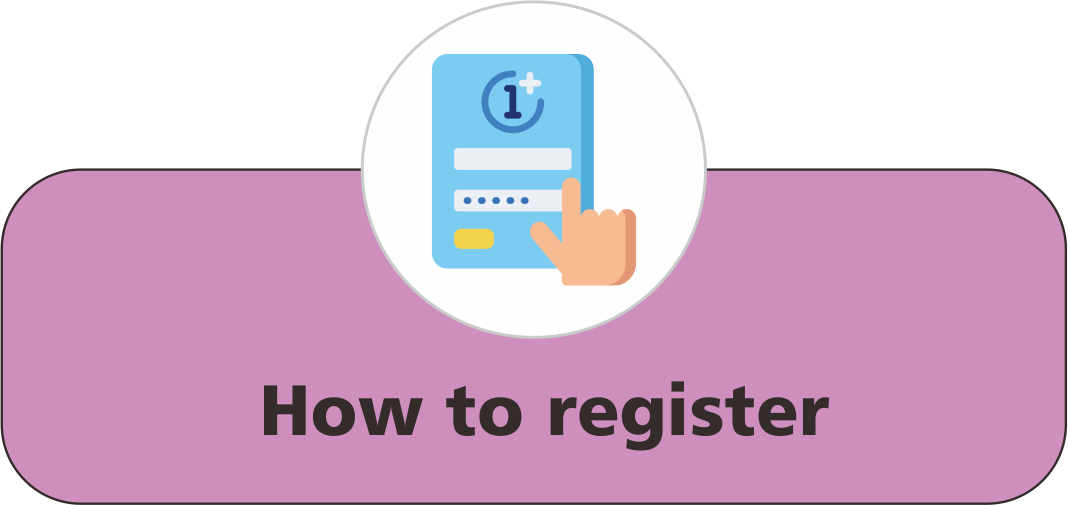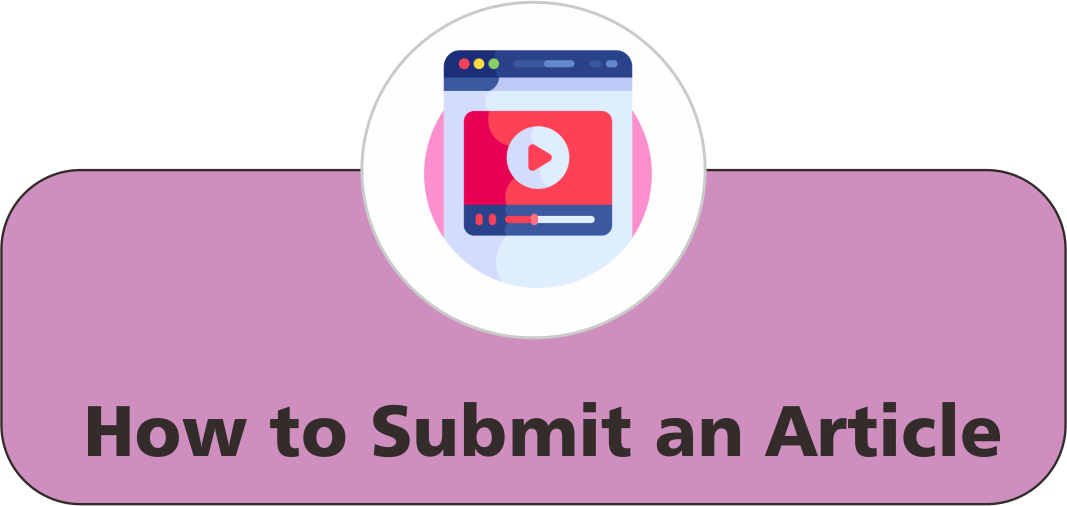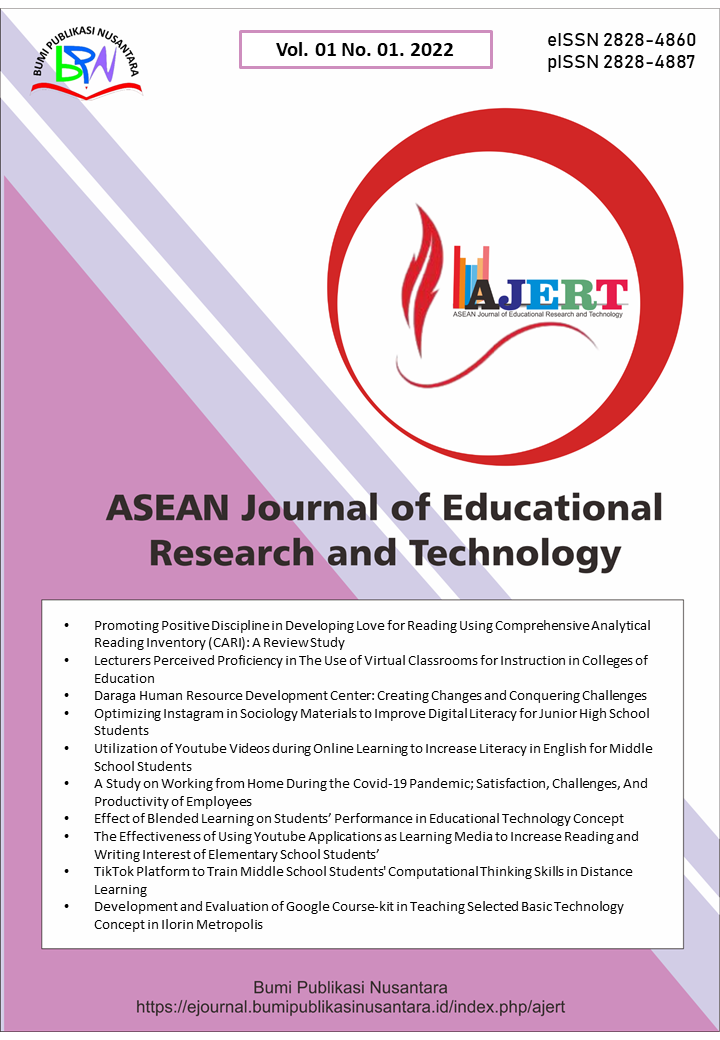Survey of Availability of Electronic Media for Teaching in Colleges of Education in Oyo State
 ),
),
(1) University of Ilorin
 Corresponding Author
Corresponding Author
Abstract
Keywords
References
Bakar, A., Shah, K., and Xu, Q. (2020). The effect of communication barriers on distance learners achievements. Revista Argentina de Clínica Psicológica, 29(5), 248.
Chapman, L., Masters, J., and Pedulla, J. (2010). Do digital divisions still persist in schools? Access to technology and technical skills of teachers in high needs schools in the United States of America. Journal of education for teaching, 36(2), 239-249.
Ebisine, S. S. (2014). Academic quality assurance in the colleges of education: challenges and ways forward for future development. International Letters of Social Humanistic Sciences, 13(2), 1-9.
Jacobsen, W. C., and Forste, R. (2011). The wired generation: Academic and social outcomes of electronic media use among university students. Cyberpsychology, Behavior, and Social Networking, 14(5), 275-280.
Jegede, P. O. (2008). Attitudinal characteristics and use level of Nigerian teachers. Issues in Informing Science and Information Technology, 5(5), 261-266.
Kumar, P., and Kumar, A. (2003). Effect of a web-based project on preservice and in-service teachers’ attitudes toward computers and technology skills. Journal of Computing in Teacher Education, 19(3), 87-92.
Lewis, B., and Smith, R. (2002). The development of an electronic education portfolio: An outline for medical education professional. Teaching and Learning in Medicine, 19(2), 139-147.
Lu, Z., Hou, L., and Huang, X. (2010). A Research on a student-centred teaching model in an ICT-based English audio-video speaking class. International Journal of Education and Development Using Information and Communication Technology, 45, 101-123.
Oye, N. D., Shallsaku, Z. K., and Lahad, N. A. (2012). The role of ICT in education focus on university undergraduates taking mathematics as a course. International Journal of Advanced Computer Science Applications, 3(2), 130-143.
Reyes Jr, V. C., Reading, C., Doyle, H., and Gregory, S. (2017). Integrating ICT into teacher education programs from a TPACK perspective: Exploring perceptions of university lecturers. Computers and Education, 115, 1-19.
Tinuoye, G. O., and Adegbeji, B. O. (2013). Information and communication technologies (ICTs) as an enhancing tool in quality education for transformation of individual and the nation. International Journal of Academic Research in Business and Social Science, 3(4), 21-25.
Watts-Taffe, S., Gwin, C. B., and Hom, M. L. (2008). Preparing preservice teachers to integrate technology with the elementary literacy program. The Reading Teacher, 57, 130-138.
Article Metrics
Abstract View : 1269 times
: 1269 times Download : 647 times
Download : 647 times
Refbacks
- There are currently no refbacks.
Copyright (c) 2022 Bumi Publikasi Nusantara

This work is licensed under a Creative Commons Attribution-ShareAlike 4.0 International License.

